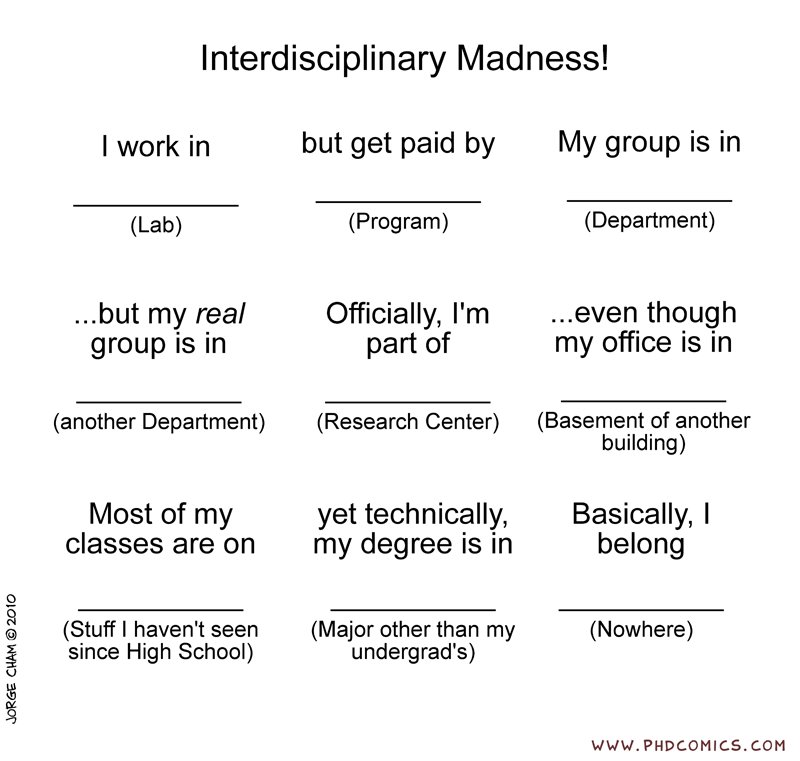Yes, I’m being very sensationalist – but this still freaking awesome. Craig Venter’s research team has officially created the first artificial organism. The complexity of this endeavour is mind boggling – a genome isn’t a simple thing – which makes this very technically impressive. But in addition to being able to say “Look what we can do!”, this also has a number of large implications for future projects. Now that we can make our own genomes, we can create artificial organisms specialized for fuel production, insulin production, etc… How neat is that?!
PZ has a more scientific summary, and Jerry Coyne has a very good “quick guide” for the not so biologically inclined readers.
I do like Coyne’s response to those that are wondering if biologists are “playing God”:
But what creationists cannot get around is the increasing demonstration that life is merely an immensely complicated chemical reaction. Venter’s team made a genome able to direct and support life using off-the-shelf nucleotides and some other reagents. Eventually, in a few decades, they’ll be able to make a fully living bacterium in the same way. And then we will have played God, at least the way religious people mean it. …Life is just complex chemicals—nothing more, nothing less.
Biology is awesome*!
*Obviously not a biased statement.


